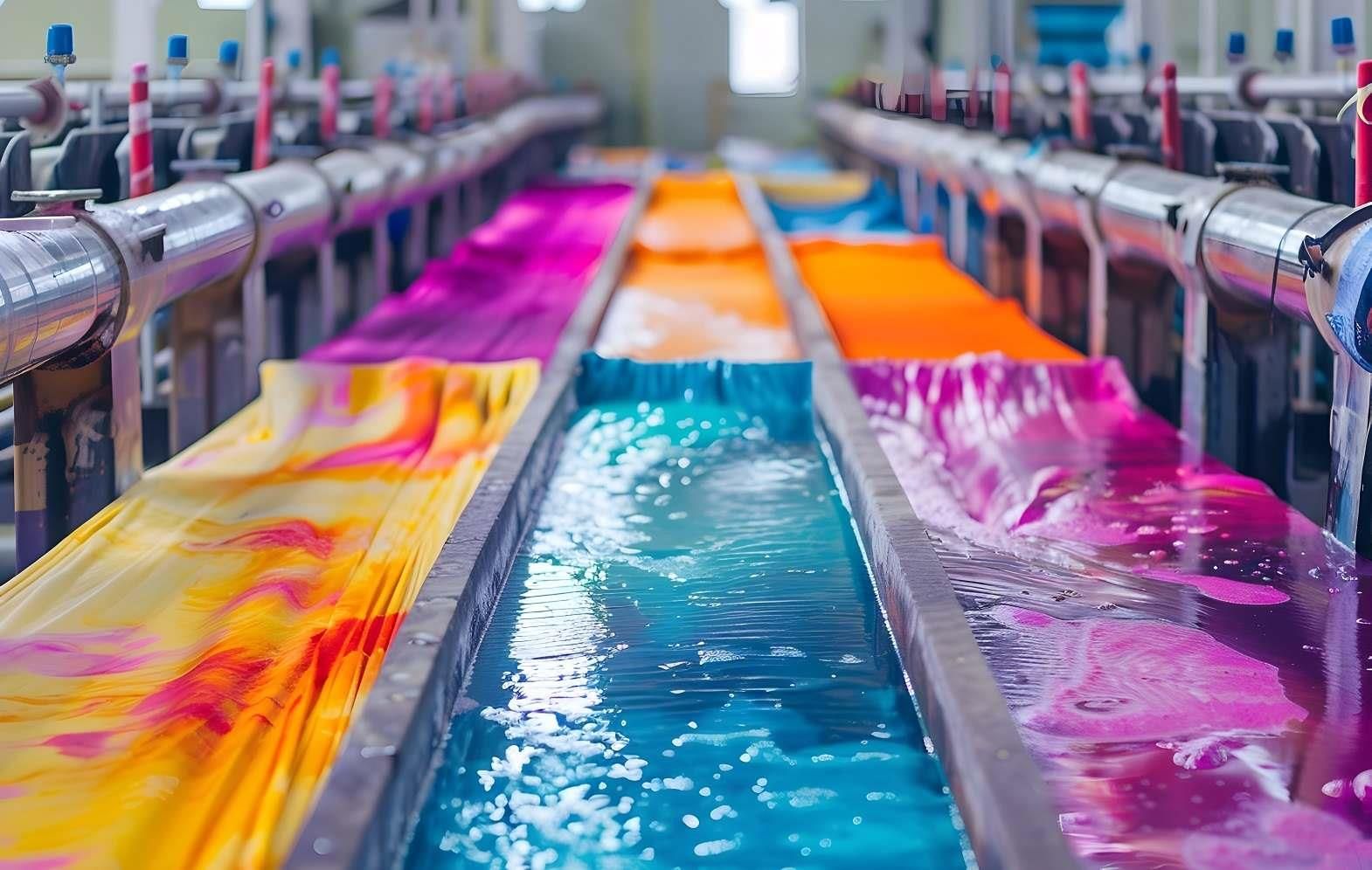Introduction
The worldwide textile fibre demand is approximately 68.5 million tons in 2009 according to European Man-made Fibres Association [1]. The fibres are generally processed further through a number of small sectors. The textile industry is mostly fragmented and dominated by SMEs. The sectors are further divided into sub -sectors,covering the entire production cycle. The main environmental concerns in the textile industry is the amount of water discharged during dyeing, printing and finishing operations and the chemical load it carriers that is toxic to the human life and environment. Other important issues are energy consumption, air emissions, solid waste discharge and odours. Protection of the environment from the textile wastes discharged is broadly considered at 2 stages. First stage is at the source of effluent generation.
Read Full Article
This article was originally presented at the 'International Conference on Textiles: A Decade Ahead' organized by the North India Section of Textile Institute and Department of Textile Technology, IIT Delhi on 9-10th September, 2011.







Comments